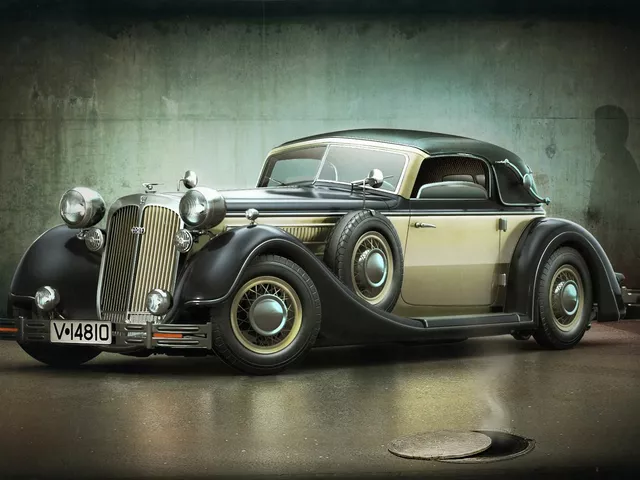Production Cars in Racing: What They Are and Why They Matter
When you hear the word "production" in a racing context, think of the cars you could buy from a dealer, not a one‑off prototype built for the track. These are the same models you see on the street, only tweaked for speed, safety, and durability. That link to everyday cars is why many fans feel a direct connection – the winner is often someone driving a car they could almost own.
How Production Cars Differ from Prototypes
Prototypes are designed from the ground up for racing. Every piece is engineered for performance, with little regard for road‑legal requirements. Production cars, on the other hand, start as road‑legal models. The race version can get a roll cage, a stripped interior, and a more powerful engine, but the basic chassis and body stay the same. This rule keeps costs down and lets manufacturers showcase real‑world technology.
Regulators set limits on what can be changed. For example, the engine block might stay stock while the intake and exhaust can be upgraded. Suspension geometry can be adjusted, but the wheelbase can’t be altered. These constraints make it easier for teams to stay within budget and for fans to recognize the car on the track.
Top Racing Series that Use Production Cars
Many popular series rely on production‑based cars. The World Touring Car Cup (WTCR) fields heavily modified hatchbacks and sedans that look like your family vehicle. In the United States, the NASCAR Cup Series uses a chassis that is the same for every team, but the body panels are modeled after current production models like the Chevrolet Camaro or Ford Mustang.
On a smaller scale, club-level races and grassroots events often run cars like the Subaru WRX, Honda Civic, or Mazda MX‑5. These series let amateur drivers compete without spending a fortune on a purpose‑built race car.
Why do these series matter? They give manufacturers a real‑world testing ground. A better brake system or a more efficient turbo on a race car can trickle down to the showroom model. Fans also get to see the cars they love pushing the limits, which adds excitement.
Performance-wise, production cars start with a solid baseline. The stock engine already delivers decent power, so teams focus on improving handling, reducing weight, and fine‑tuning aerodynamics. A well‑balanced production car can be just as fast around a circuit as a prototype, especially on tighter tracks where agility wins.
From a fan’s perspective, watching a production‑based race feels personal. You might think, "If they can make that car hit 200 mph on a track, imagine what it could do on the open road." This connection fuels loyalty to brands and drivers alike.
If you’re new to production‑car racing, start by following a series you recognize – maybe the NASCAR Cup or a local touring club. Look for events that list the specific models allowed; that way you’ll instantly know what to watch for. Pay attention to how teams adjust tire pressure, suspension settings, and engine maps – those tweaks often make the biggest difference.
In short, production cars bring the thrill of the track closer to everyday life. They keep costs manageable, showcase real technology, and give fans a car they can relate to. Whether you’re a casual viewer or an aspiring driver, understanding the basics of production‑based racing will make every lap more exciting.



